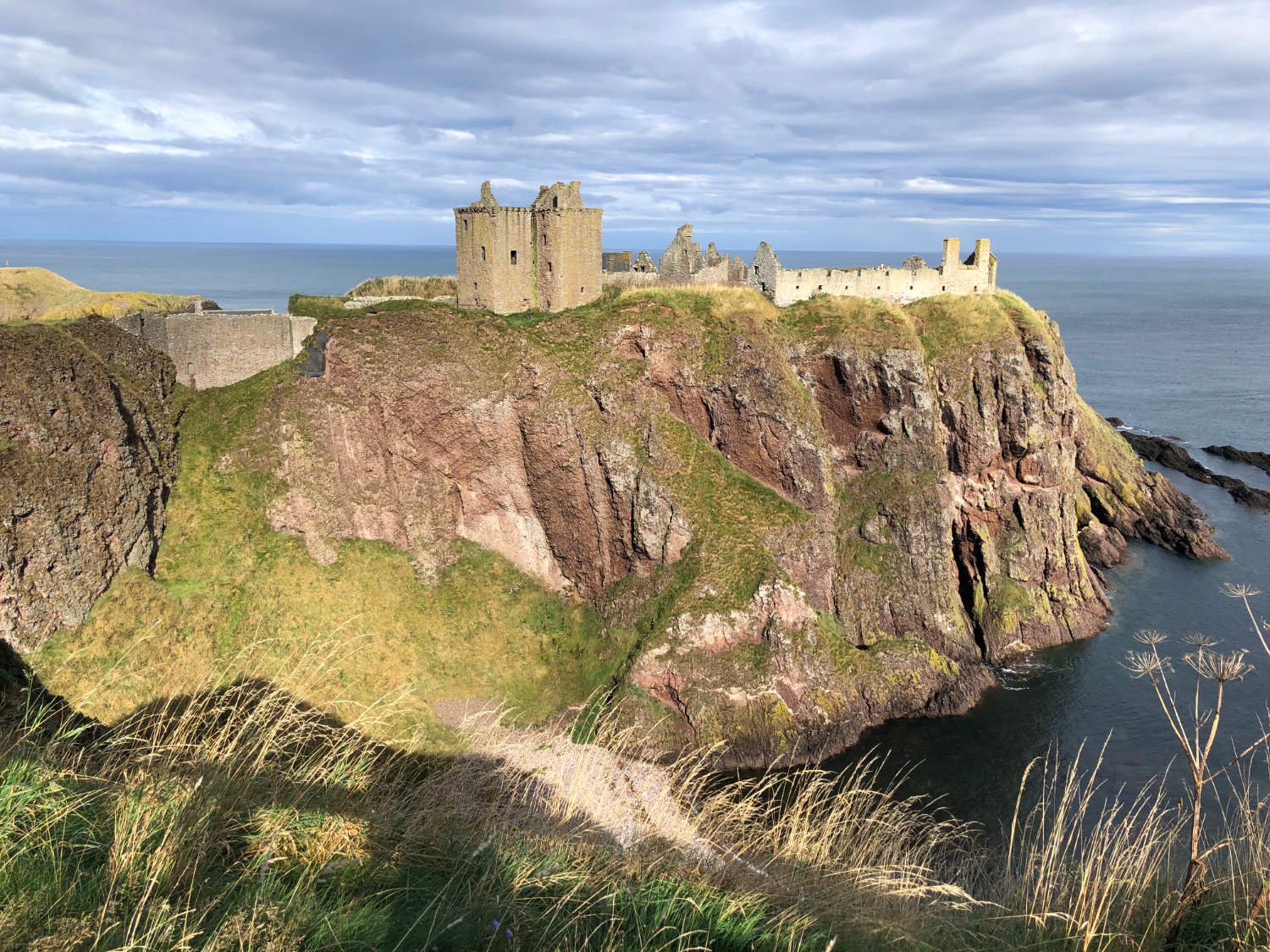North Sea Cycle Route - St. Andrews to Stonehaven
Scotland’s East Coast, near Stonehaven
Ride Overview
Few cities in the UK have reinvented themselves in the way that Dundee has. Previously known as the 'City of Jute, Jam and Journalism', it was a dour and frankly grim place to visit. Fast forward to 2014, when Dundee was recognised by the United Nations as the UK's first-ever UNESCO City of Design. There’s whole day’s worth of exploring around the city, which makes the planning of Stage 15 somewhat tricky. So look at this way; if you’re keen to press on and reach the end of the line then ride on through the city to Stonehaven. The route is longish for a touring day, but flat and sea-scenic. If you’re on this journey in order to discover the less fabled parts of the kingdom, or it’s another very wet day (it was when I rode), then consider sheltering from the storm in Dundee before continuing on Stage 15 on the next day.
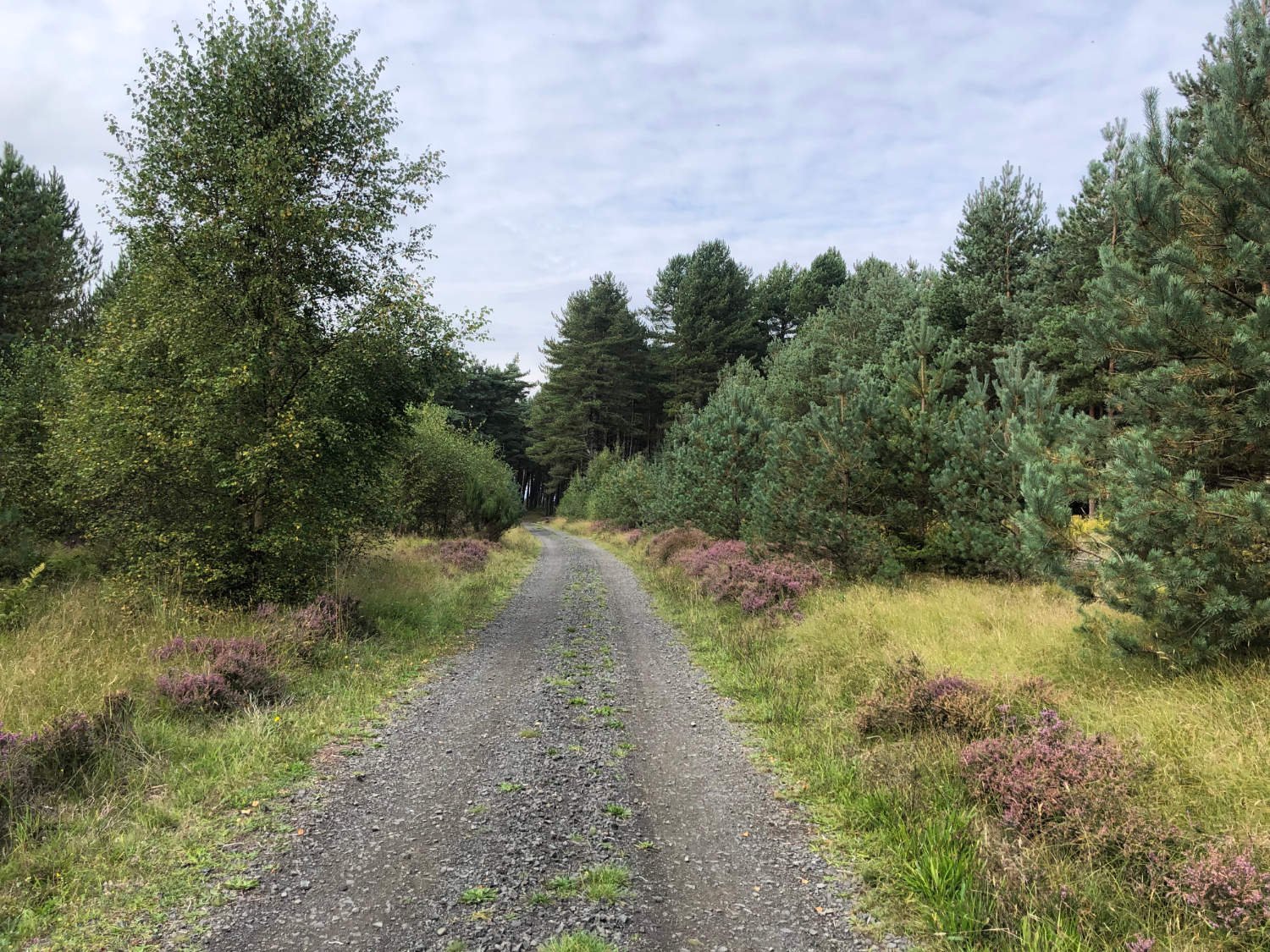
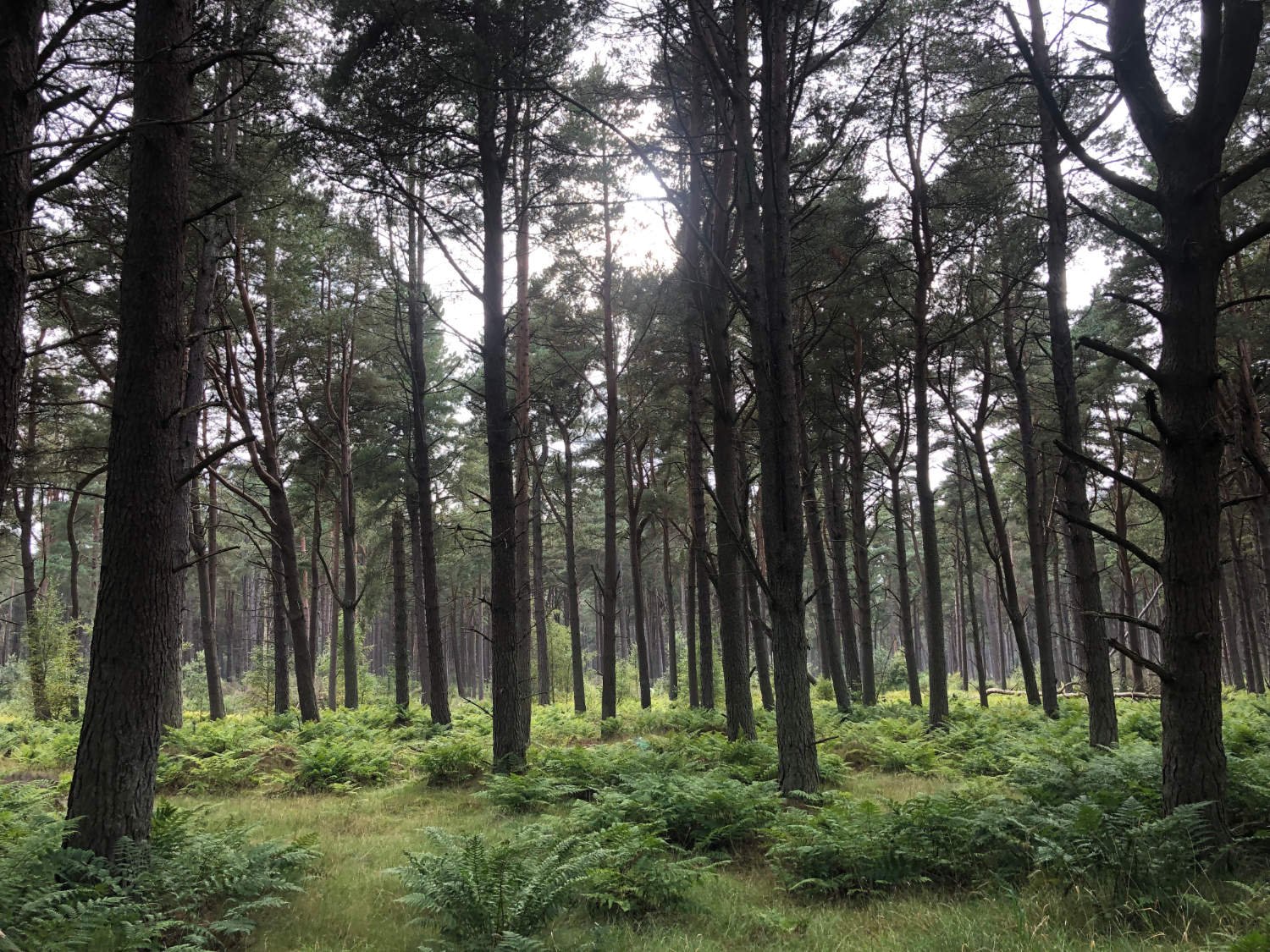
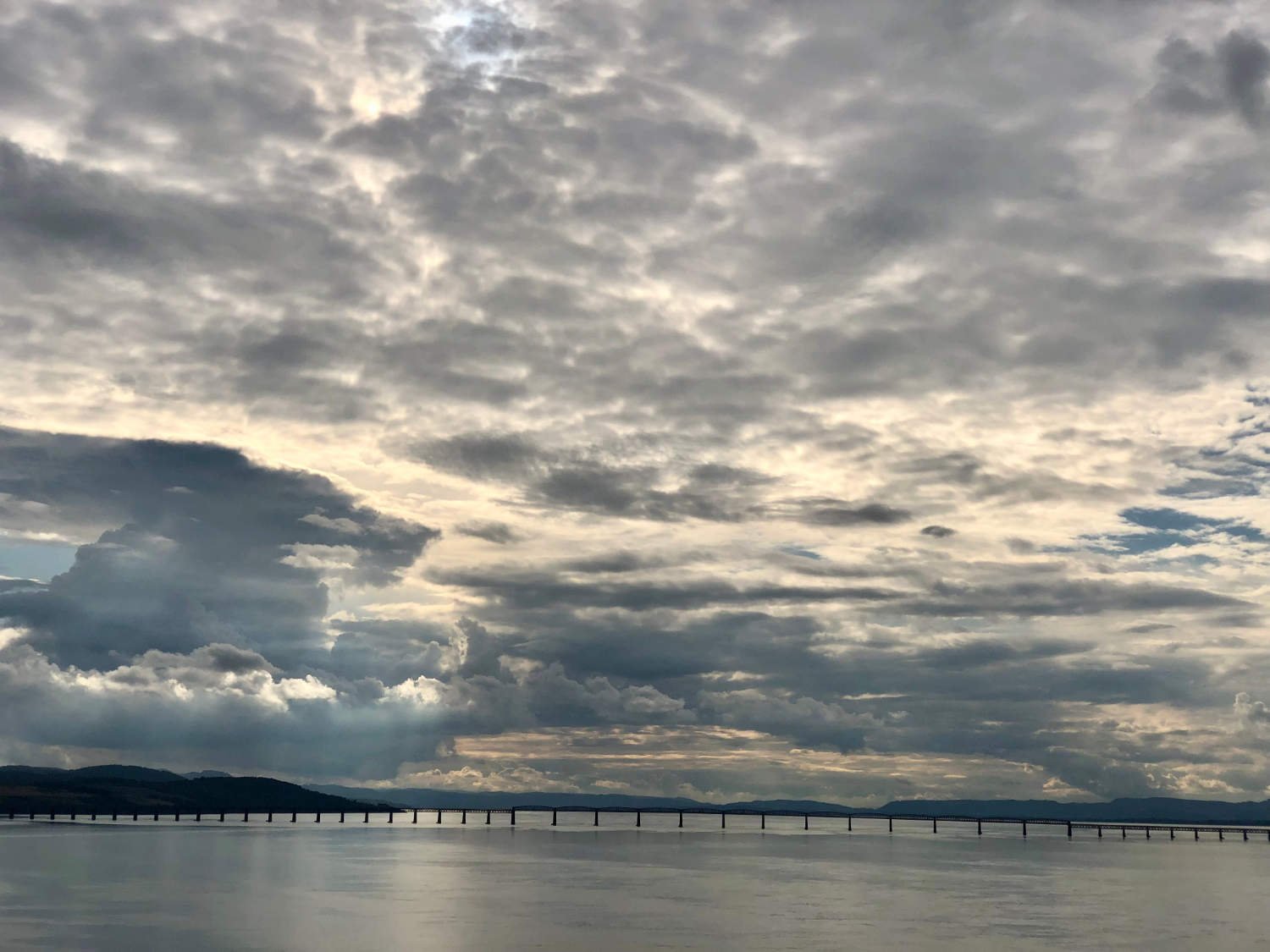
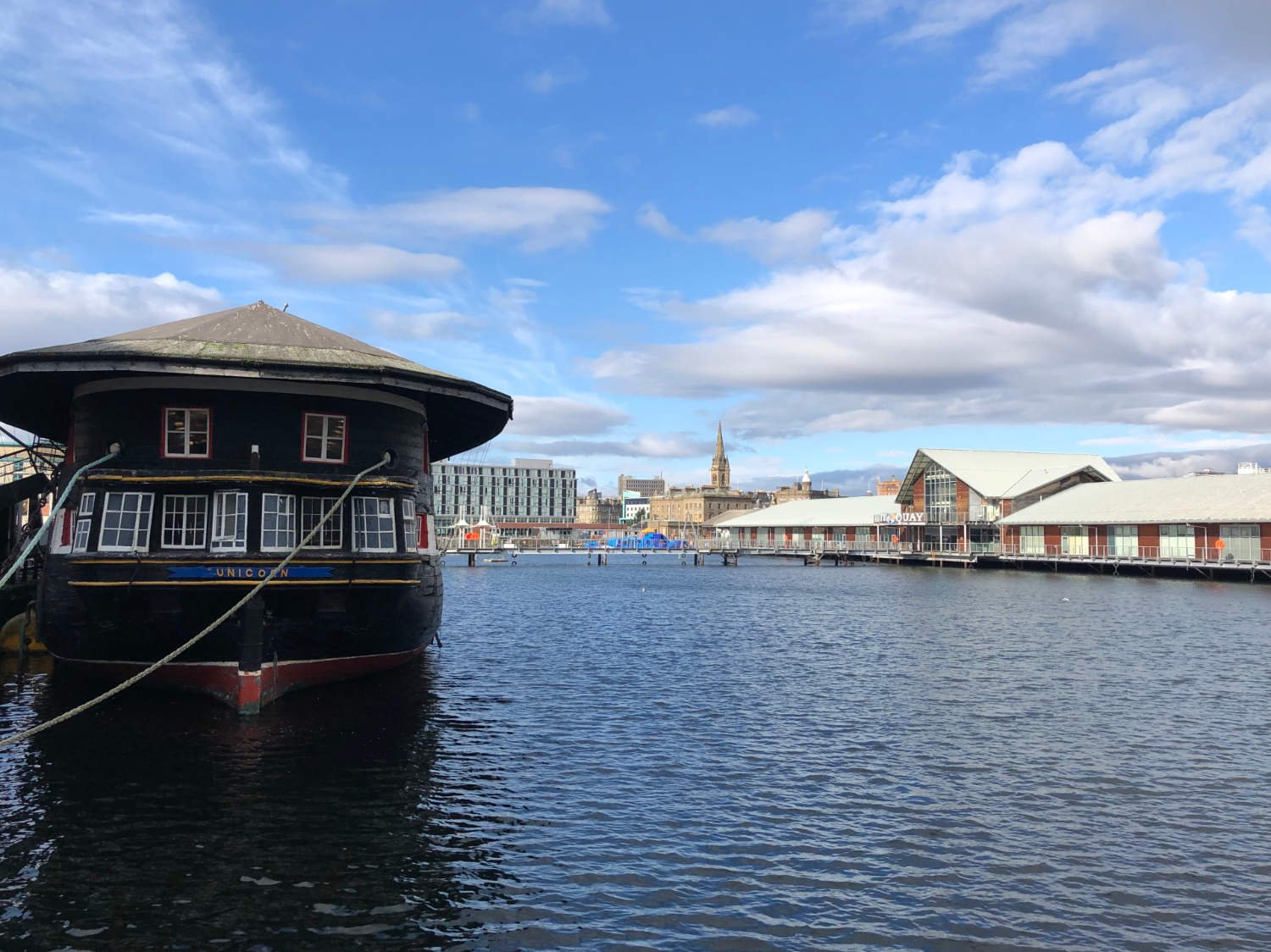


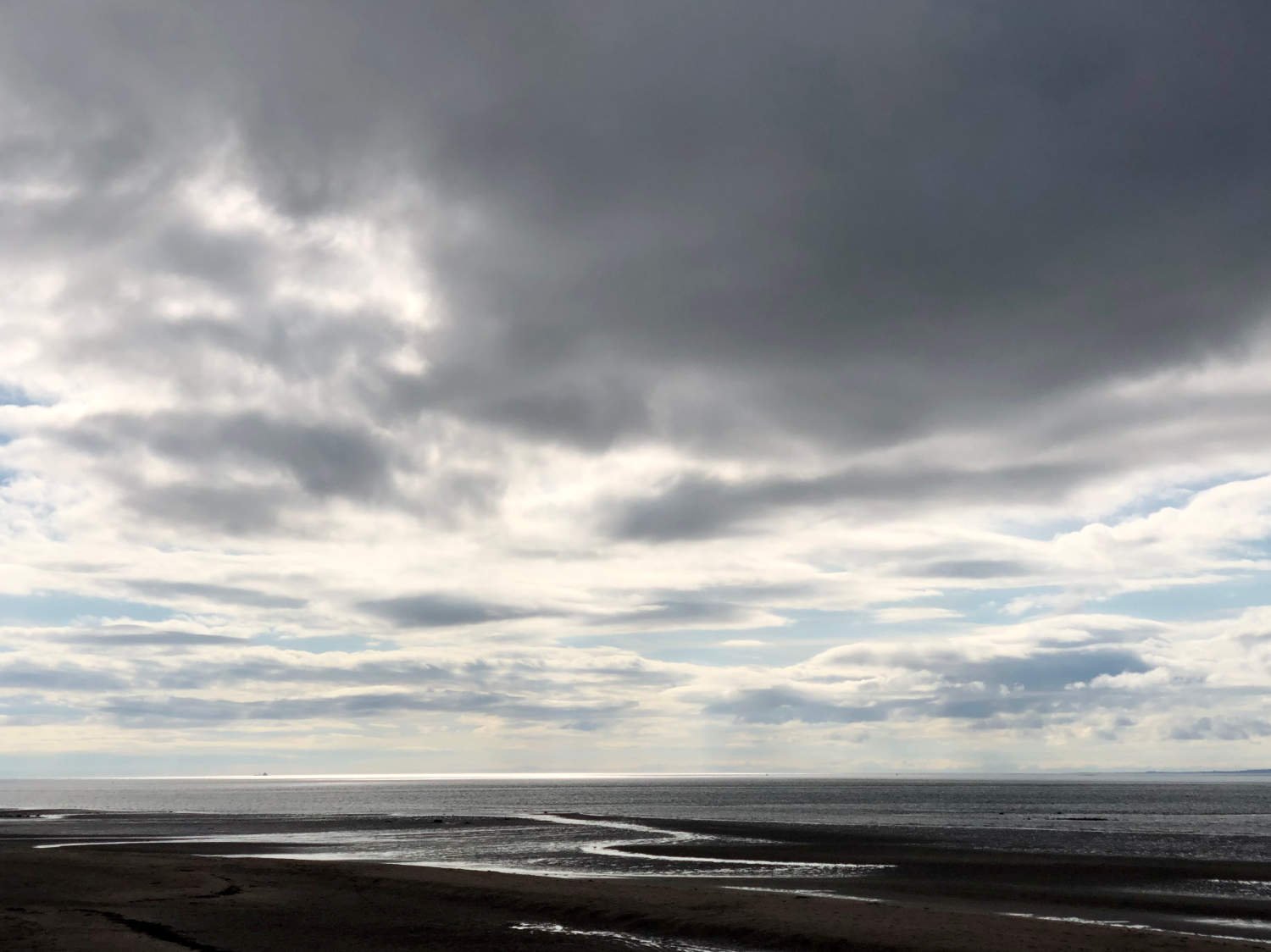
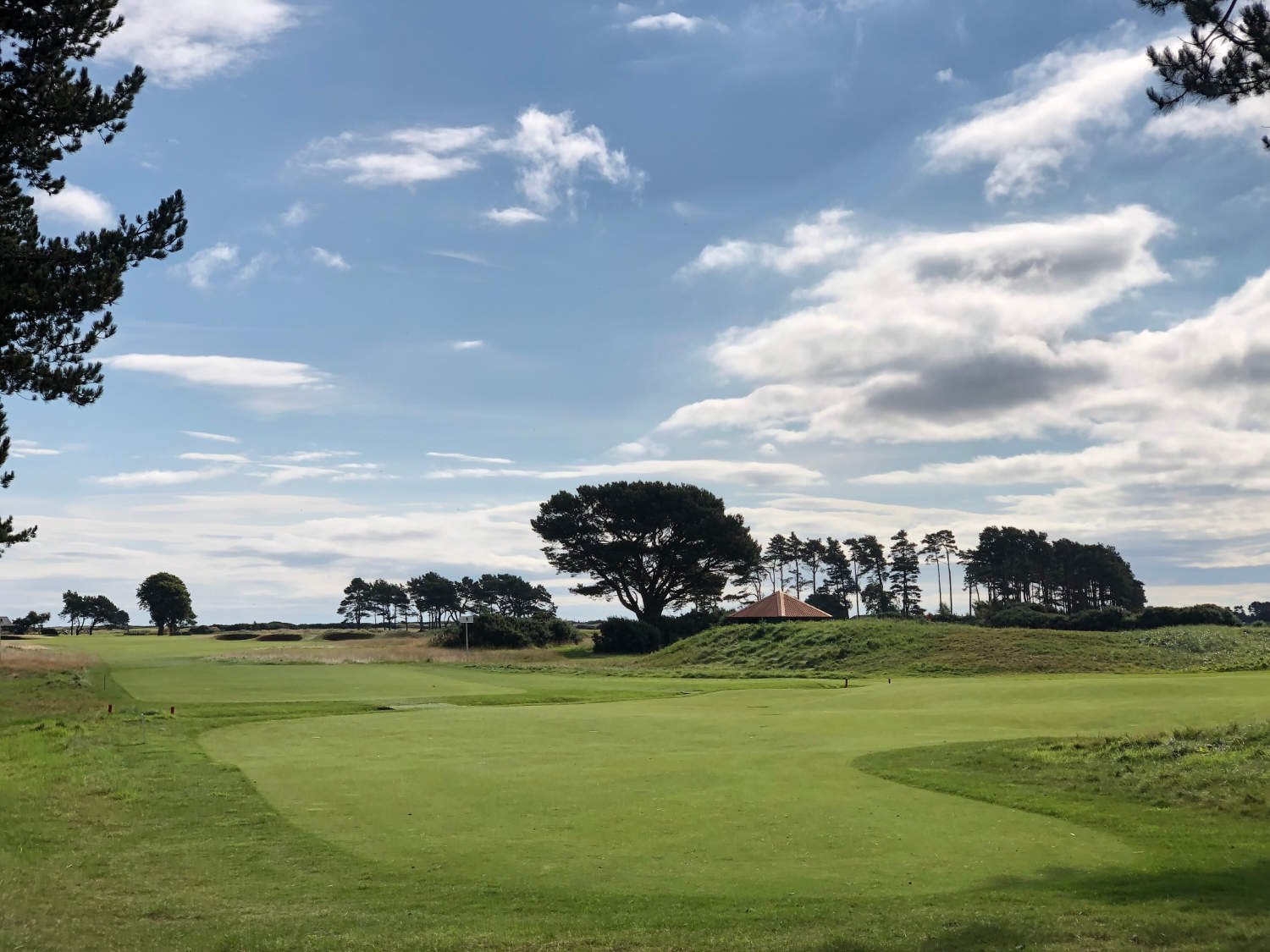
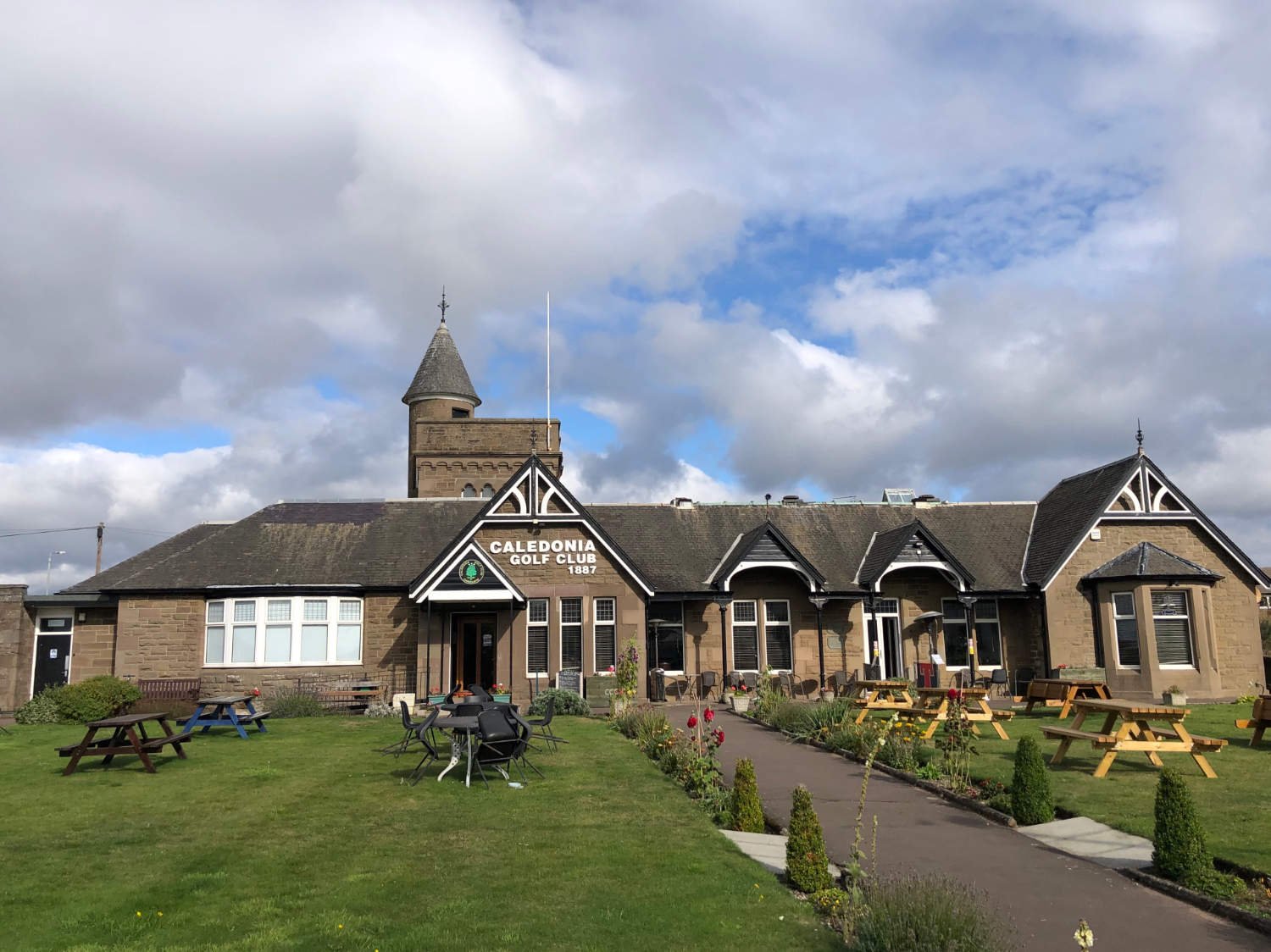
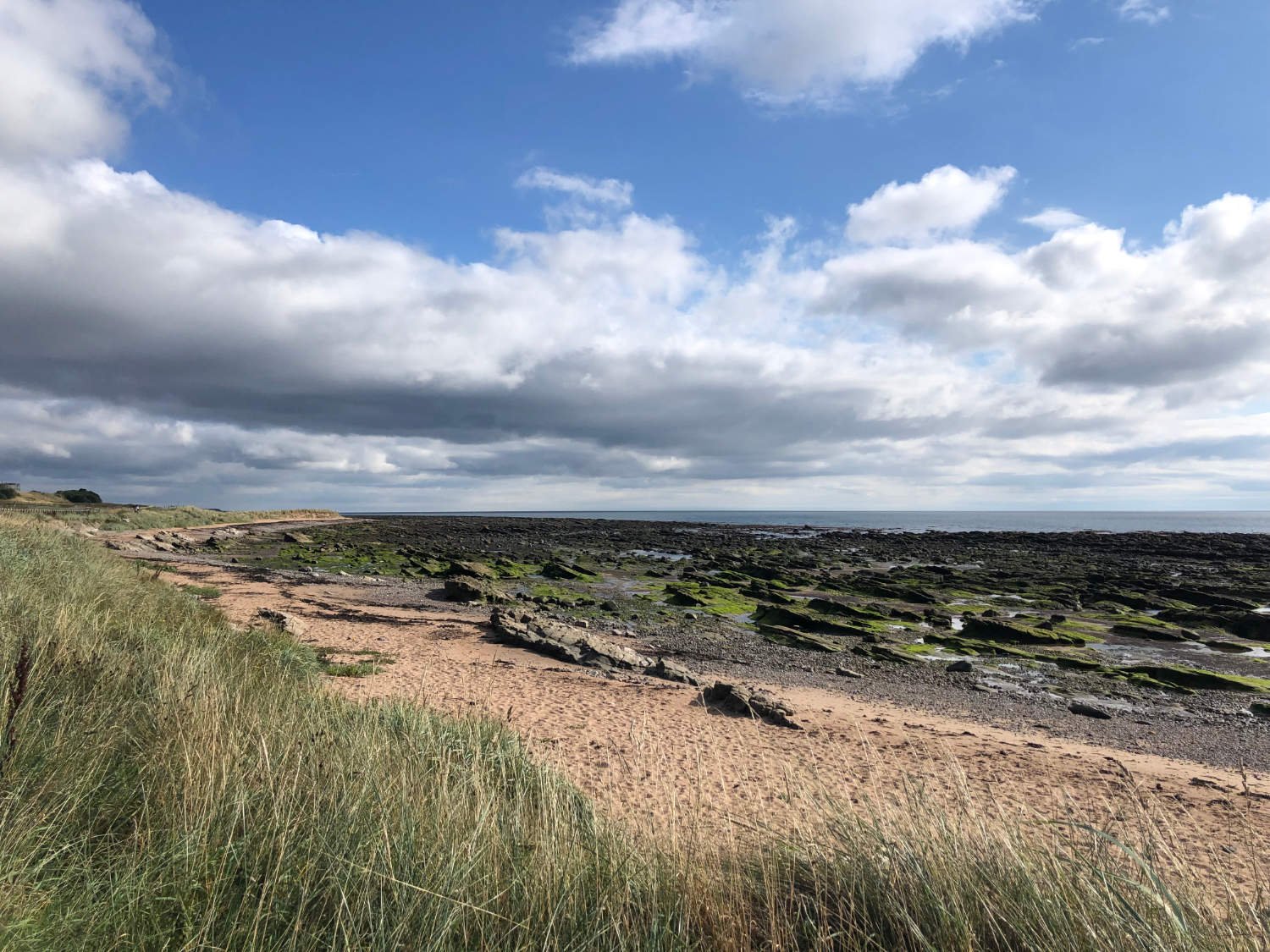
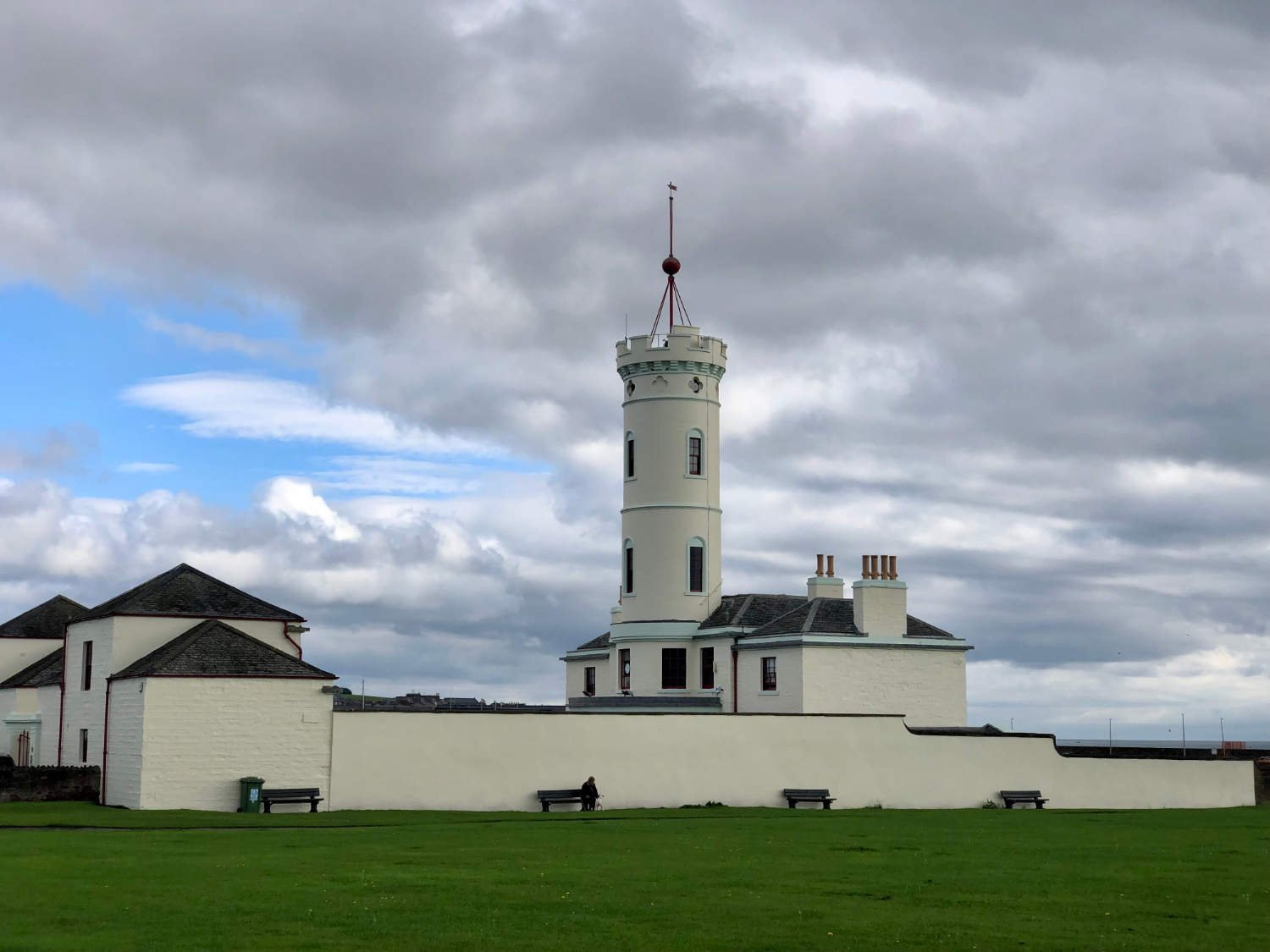
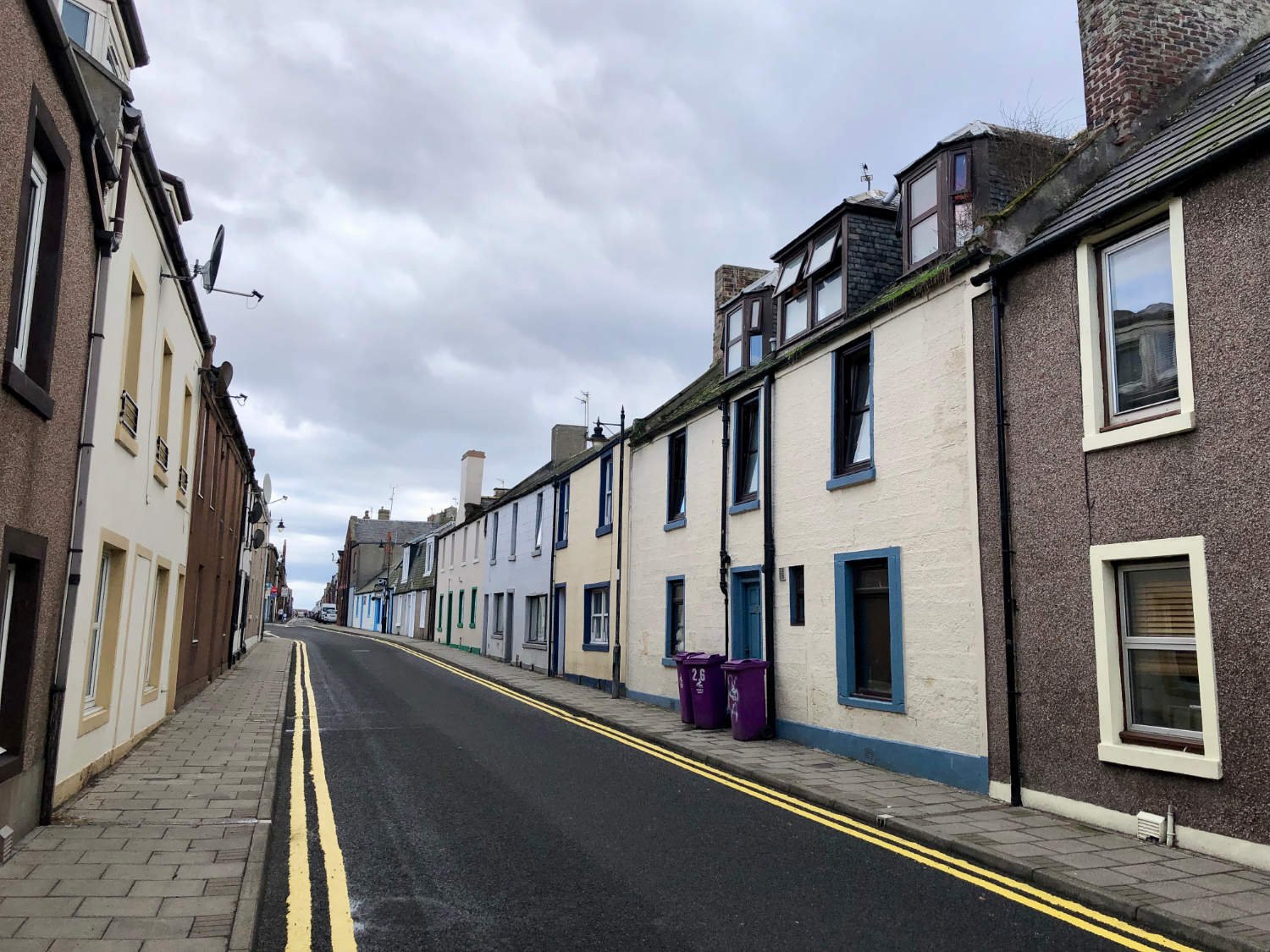
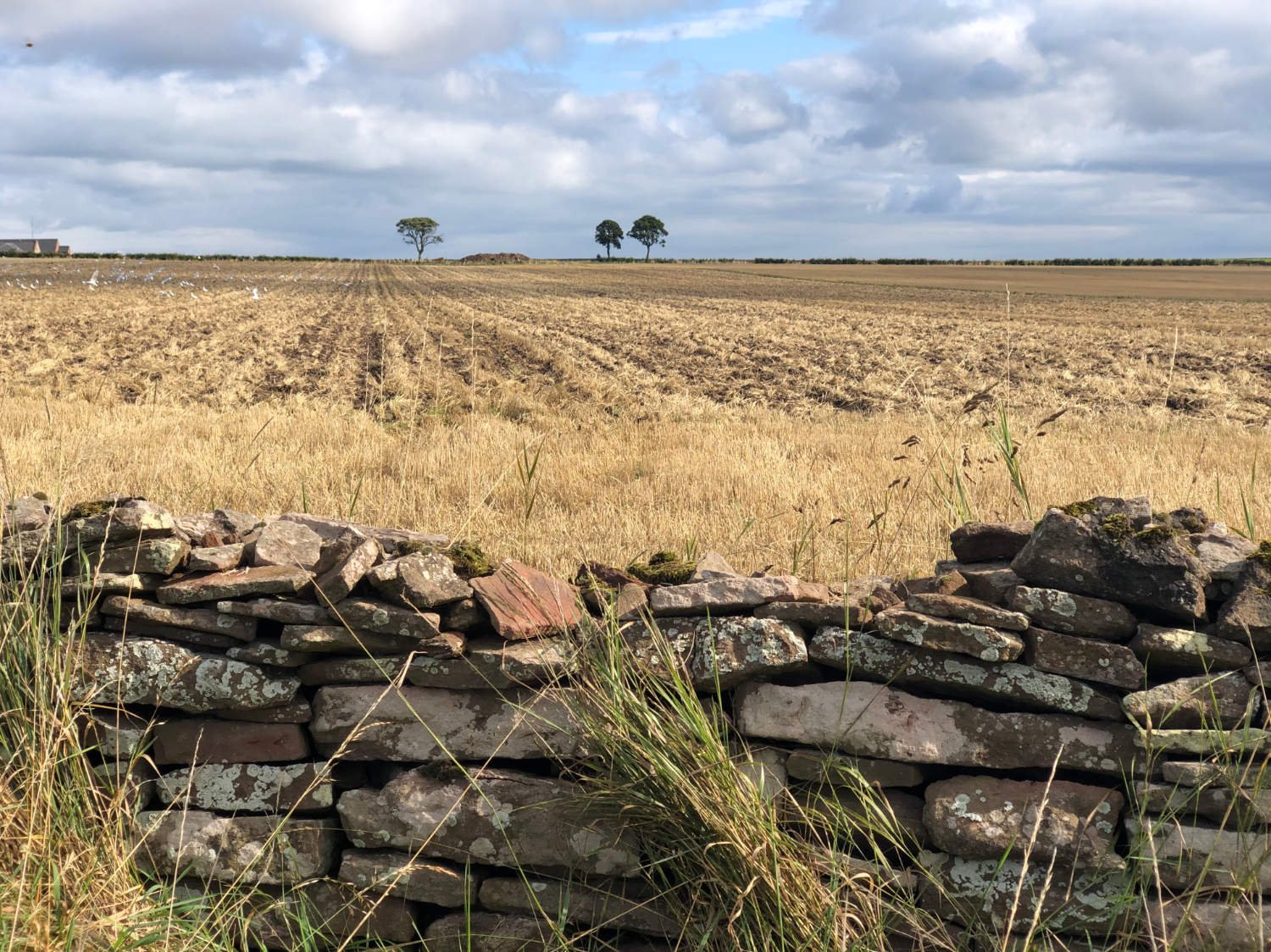

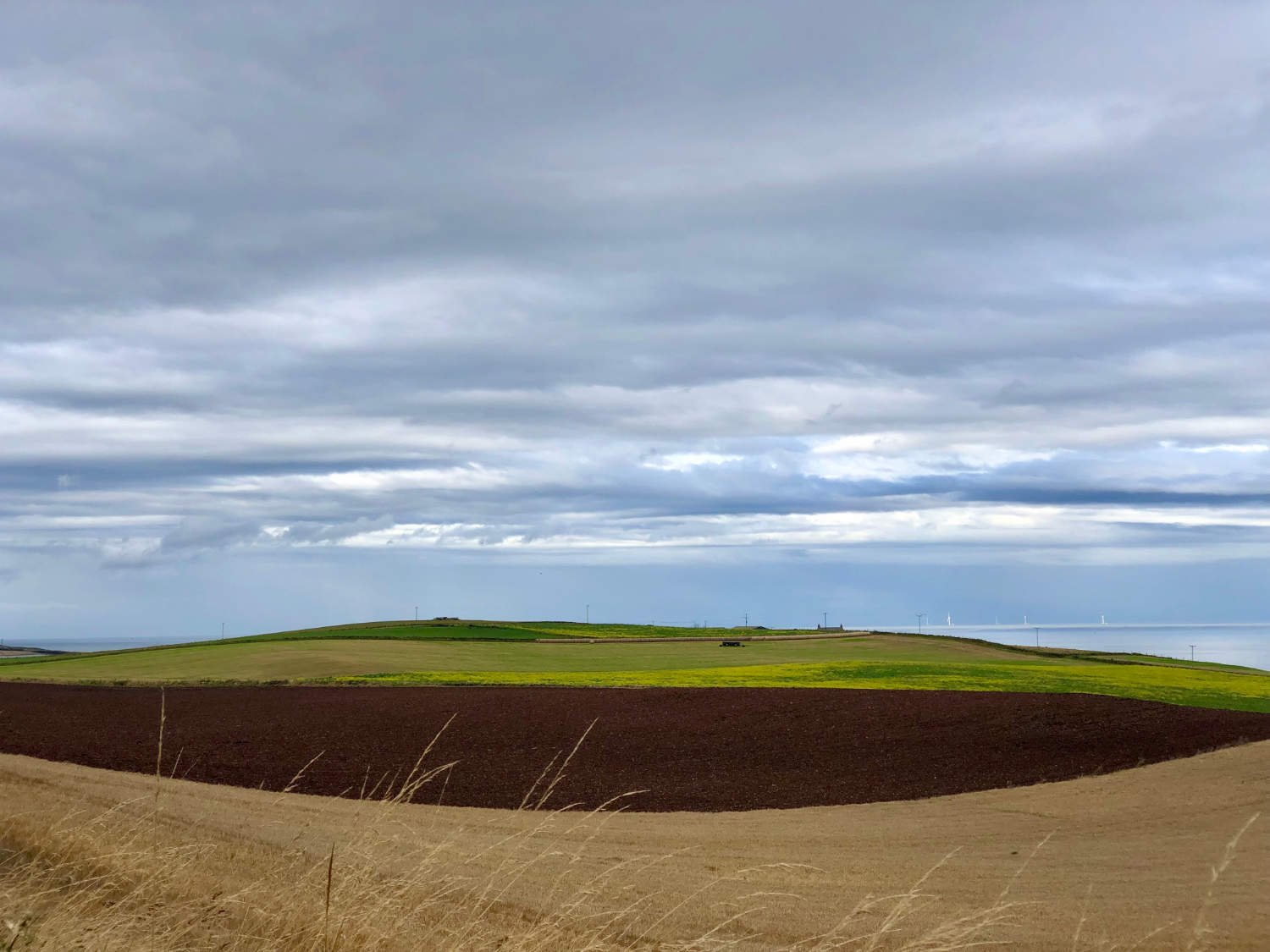
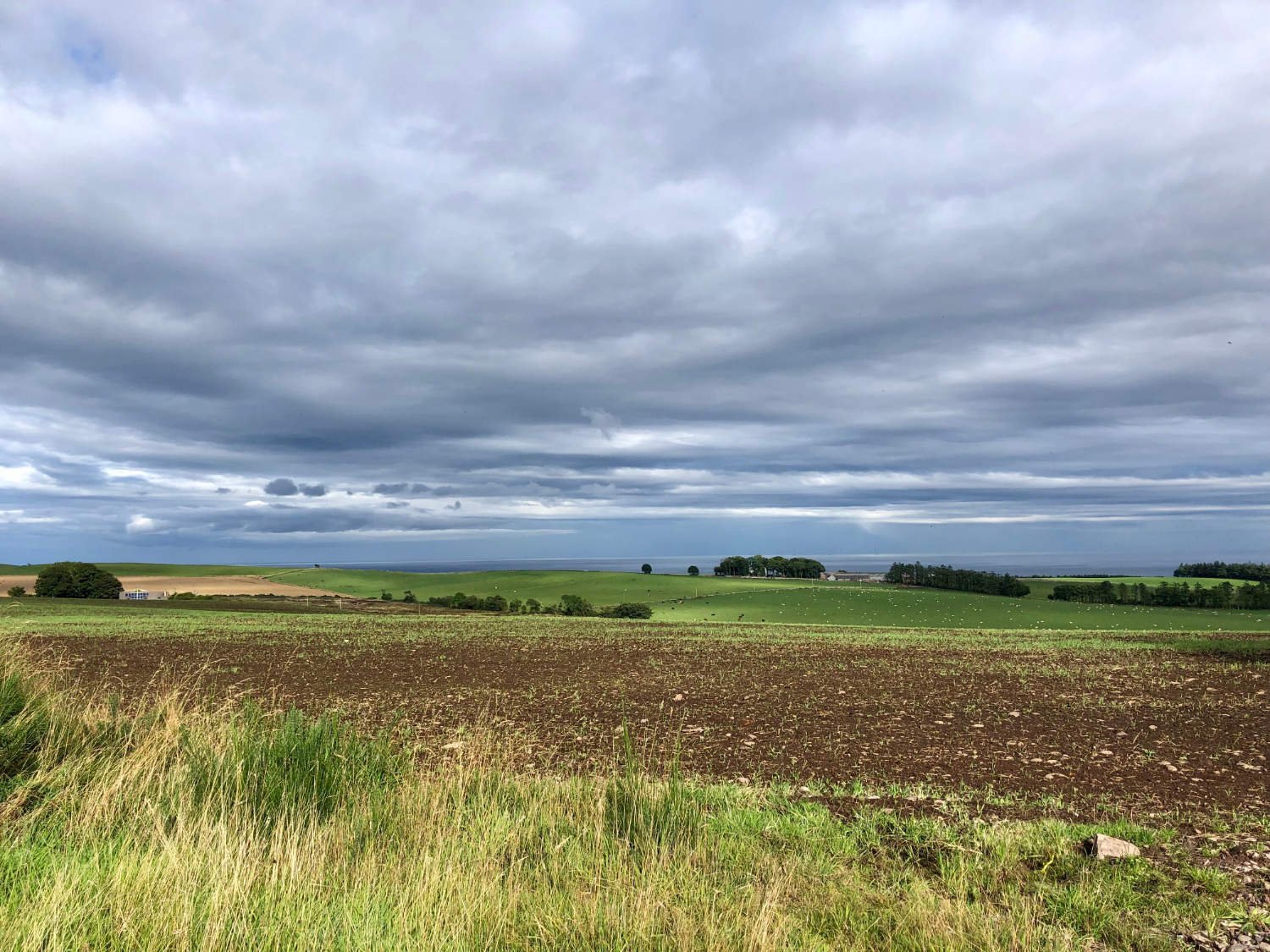


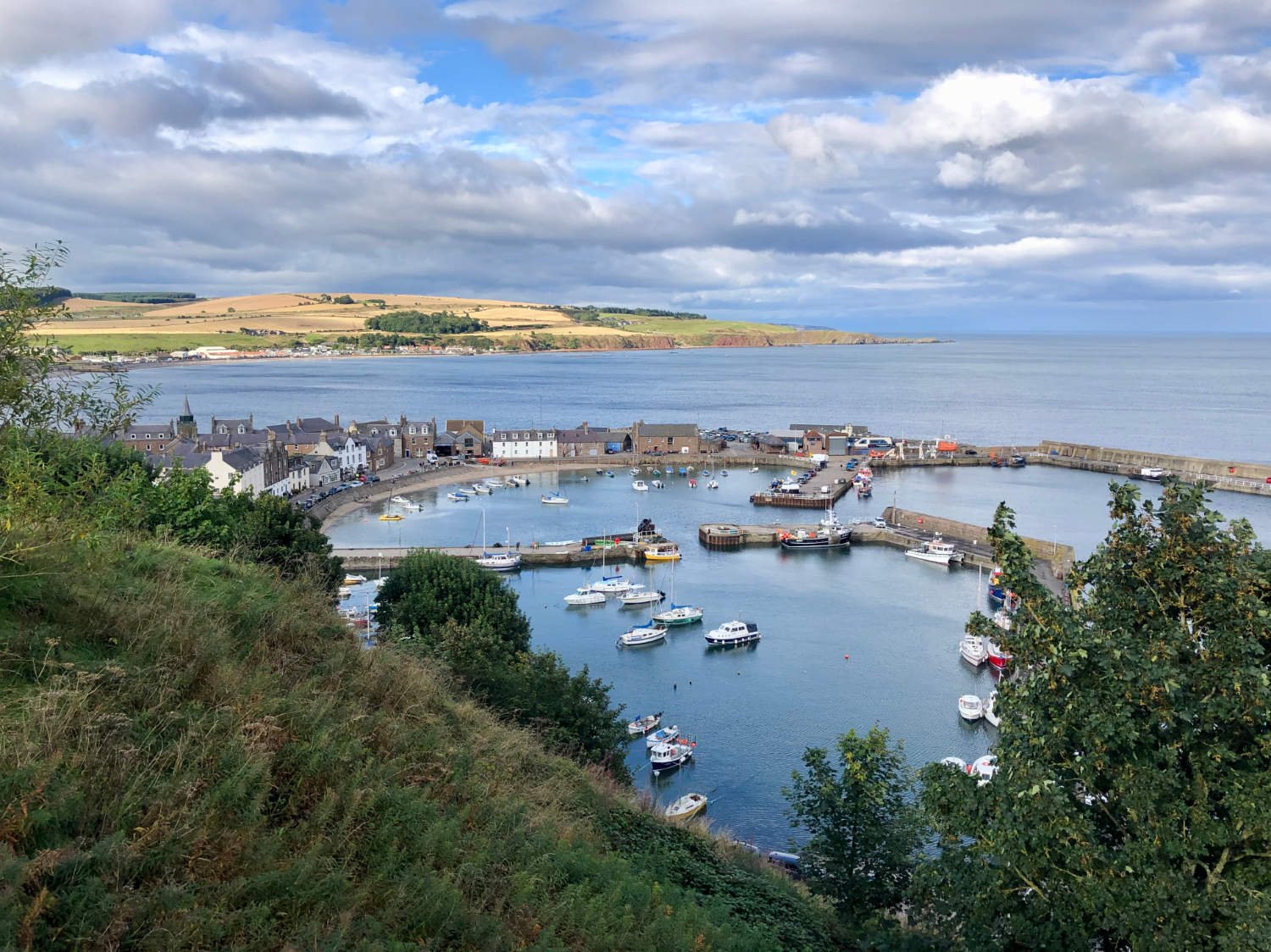
The route is well signed throughout as NCN 1
START/FINISH: Edinburgh/St. Andrews DISTANCE: 114km TOTAL ASCENT:1148m TERRAIN AND SURFACES: quiet country lanes, several quiet B roads and good bike lanes out of Edinburgh RECOMMENDED CAFÈS/PUBS/ACCOMMODATION: Loch Leven; Loch Leven’s Larder, Falkland; The Covenanter Hotel, St. Andrews; The North Point Cafe There are plentiful opportunities on the route to seek your own places and note them in the ‘comments’ section below. Accommodation in St. Andrews ranges from student accommodation in University Halls (outside term time) to 5 star hotels NEARBY MAINLINE TRAIN SERVICES: Dunfermline. There’s an electric bus service between Edinburgh and Dundee stopping at Kinross. The service transports bikes. PLACES TO VISIT; Dunfermline Abbey, Loch Leven Castle, Falkland Palace, St. Andrew’s Castle LINKS TO OTHER RIDES: NCN1 stage 14, Stage 16
Ride Notes
The road from St. Andrews takes you across the river Eden and past RAF Leuchars now home to the British Army and until 2014, one of the noisiest airfields in the land as it was at the forefront of the Nation’s defence during the Cold War. After 15km you arrive at the Tentsmuir National Nature Reserve. Heather lines the forest track. Tall pines sigh in the breeze. Salt is in the air and the sea susurrates against the wide sandy beach. In World War I, the Flying Corp trained their balloon squadrons here. Bombers used the spit for target practice in the second world war. Exiled Poles were charged with defending this part of the UK from a North Sea invasion. Park the bike by the Ice House and stride out towards the sea, crossing the most dynamic coastline in Scotland. A mix of river and tide tear up this shoreline and re-create in different forms and places.
The river Tay under a stormy sky
Once out of the forest, there’s delightful riding alongside the Tay, Britain’s largest river in terms of water flow. An average of 180 cubic metres per second will be racing past you as you head towards the bridge. What you’re about to ride over is a replacement for the original bridge which suddenly collapsed in high winds on the 28 Decmeber 1879, as a train was crossing, killing everyone on board. It is one of the worst bridge-related engineering disasters in history. The resulting enquiry demanded that the replacement was insufficiently engineered to cope with the tides and high winds.
The V&A Design Museum
‘Dundee’s setting is probably more extraordinary than any other city in the UK. It is about as ideal - ludicrously ideal - as any setting could be’. Stephen Fry. Reading that you may be thinking that you’re about to enter the UK equivalent of San Fransisco, or Sydney, or Rio di Janeiro. But this is the East Coast of Scotland and on this cold, windswept and grey coast in the Northern latitudes of Europe, they don’t do monumental cities. Cranes and pneumatic drills, trucks and yellow-gillet’d men greet you on your arrival. It takes a long time to rebuild a city and work is definitely in progress.
RRS Discovery
Historically, Dundee was famed for its three Js, Jute, Jam and Journalism. Jute, a long-shiny vegetable fibre was made into ropes. Dundee was the ‘home’ of marmalade (jam) as a result of a Spanish ship taking refuge from a storm in Dundee’s harbour. On board was a consignment of Seville Oranges, which which James Keiler, a local grocer, decided to purchase. His mother, Janet, cut them and included the rind in the mix which was boiled with sugar, and so was born Dundee Marmalade, still eaten the world over. The Beano and Dandy comics, which both originated in Dundee, might not count as Journalism, but the third ‘J’ still flourishes in the city the BBC and STV both having their Scottish HQ in the city. The city was a major ship yard and the ‘RSS Discovery’, the ship which Captain Scott journeyed to Antarctica was built here. A happy and informative day can easily be spent discovering the present and the past regardless of the weather, but should it be stormy - as it was when I rode through - then Dundee is just the place to find shelter. A good lunch at Collinsons in the Broughty Ferry District, is recommended whilst the storm rages.
Riding out of Dundee
Riding out of Dundee along the Tay estuary path, you pass through Broughty Ferry, a suburb of Dundee where the rich jute barons built their villas. And if you are in need of your daily castle fix, there’s the 15th century castle on the sea-front.
There’s guns and golf as you approach Carnoustie. You ride past the MOD’s East Ranges, before riding past several golf ‘links’. Golfers seem particularly sniffy towards cyclists, even if the latter are legally riding on a path off the fairway. Be prepared for the odd frosty face as you ride and to keep the peace, consider stopping whilst a player ‘addresses’ the ball.
The Links at Carnoustie
You’ll see the word ‘links’ frequently along this route. Deriving from the Saxon workd, ‘hlinc’ meaning ride, it became associated with any rough grassy area between the sea and the land. Today, ‘The Links’ commonly refers to any golf course, not just those beside the sea.
The ride up the coast can be breezy. The cliffs have been worn down like old teeth by time and tide, rough grass back-combed by the chill wind. It’s a scouring place to ride, full of freshness. The wind kindly dries the sweat as you toil headfirst into it.
On the way into Arbroath, you pass near to Gayfield Park, where the local football team scored a world record 35 goals against Bon Accord of Aberdeen in 1885. The record still stands for the most goals scored in a professional match. What Arbroath lacks in eye-pleasing asthetics, it makes up for with its ‘smokie’, which is.a North Sea Haddock, smoked in one of the town’s smokeries. It is one of the great delights of the East Coast’s gastronomy - (along with Dover Sole, Maldon Oysters, Craister Crabs and Seahouse kippers). It’s worth buying a pair from Alex Spink and Sons, along with a roll from the bakery and eating an impromptu pic-nic on the windy beach. Here you might consider the letter written, known as ‘The Arbroath Declaration’ by the Scottish Barons in 1320 to their king, which declared, ‘"As long as a hundred of us remain alive, never will we on any conditions be subjected to the lordship of the English. It is in truth not for glory, nor riches, nor honours that we are fighting, but for freedom alone, which no honest man gives up but with life itself".
A strawberry field
Scotland produces the best raspberries in the world, and you ride through the centre of their production. A fertile soil and long daylight hours in summer make for a berry that is both tart and sweet. Arched cages stretch across the gently rolling land like a sculpture installation. Narrow single-track lanes with views across corn fields to the sea take you onwards to Dunnottar Castle.
Dunnottar Castle
You will have seen around two dozen castles if you’ve ridden up from Dover, but few if any, will equal the grandiose setting of Dunnottar. Similar to Tintagel in Cornwall, it sits on a jutting promontory, surrounded on three sides by sea. It looks to be impregnable, but Vikings managed to take it in 900 AD and in so doing, they killed King Donald. William Wallace took it from the English, who later re-captured it. During the Anglo-Scottish wars, the ‘Honours of Scotland’ (Scotland’s Crown Jewels) were buried in vault here for safekeeping. Whatever your interest in things historical, you cannot but be moved by the setting. From the castle, it is but a short way to the pretty fishing village of Stonehaven, where this long stage ends.
All the details given on this route are given in good faith. However, situations on the ground can change, so if you know of any access issues, closures, or have any thoughts and feedback on the route, please include them in the comments section below.
wheremywheelsgo.uk is a UK Cycling top 20 website







